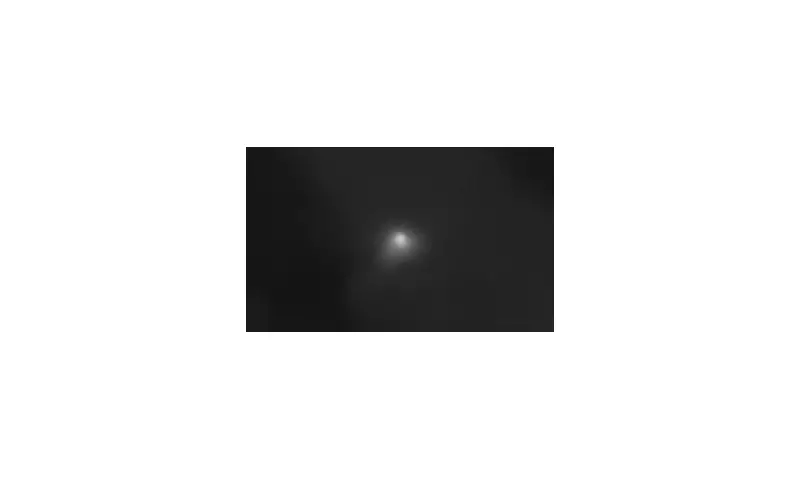
Mystery Solved: NASA Identifies Interstellar Visitor
The long-awaited answer to a cosmic mystery that captivated scientists and the public alike has finally arrived. NASA has confirmed the true identity of the mysterious object 3I/ATLAS, which has been zipping through our solar system since its discovery in July. After months of speculation, which even drew questions from celebrity Kim Kardashian, the US space agency has put the debate to rest.
Definitive Images from Mars
The conclusive evidence came from a close encounter with three of NASA's Mars spacecraft. As the object passed within 18 million miles of the Red Planet, it was captured by multiple cameras. The HiRISE camera on the Mars Reconnaissance Orbiter snapped a picture on October 2, showing the object as what NASA described as a 'fuzzy white ball' or a 'pixelated white ball'. This fuzzy appearance is the comet's coma—a cloud of dust and ice it sheds as it travels.
Further analysis of these images is expected to allow scientists to estimate the size of the comet's nucleus, its central core. NASA's MAVEN spacecraft also captured the comet in two unique ways using its ultraviolet camera, taking multiple images in different wavelengths and snapping high-resolution UV images to identify the hydrogen emanating from 3I/ATLAS.
Putting Alien Theories to Rest
The findings directly counter theories proposed by some, including a Harvard researcher and a member of US Congress, who had suggested the object could be an alien spacecraft. At a press conference, senior NASA official Amit Kshatriya stated unequivocally, 'We want very much to find signs of life in the universe... but 3I/ATLAS is a comet.'
Even NASA's Perseverance rover on the Martian surface managed to capture a snap of the comet using its Mastcam-Z camera, a feat requiring an exceptionally long exposure. The agency has also shared additional photos from its STEREO observatory and SOHO spacecraft.
Astrophysicist Thomas Puzia, who led the team that made the initial discovery, commented on the widespread discussion, calling it 'amazing' but also 'very dangerous and to a certain degree misleading to put speculations ahead of scientific process.' He affirmed that all the facts point to 'a normal object that is coming from the interstellar space to us.'
Despite NASA's confirmation, Harvard Professor Avi Loeb, a proponent of the alien technology theory, remains unconvinced, telling AFP that while it 'obviously, it could be natural,' humanity must consider the technological possibility due to its huge implications.




